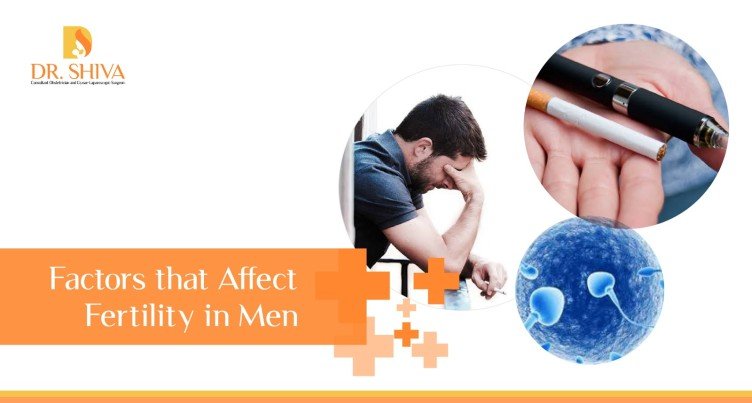
Puberty is when there starts to be physical changes in your daughter’s body due to the increasing level of hormones. The onset of puberty is usually between 10 to 13 years. The changes include breast development, pubic hair growth, growth spurt and the start of menstrual periods. The changes will occur differently for each girl. Puberty problems are identified when these changes do not occur as expected or at the expected age range.
What are the changes that occur during the onset of puberty?
- Breast starts developing, initially, it will be small breast buds under nipples which will fully develop in another 2 years.
- Hair growth will appear in the armpits, pubic area and hair growth will increase on the hands and legs.
- There may be a sudden increase in height and weight
- Menstrual Periods will start which initially may be irregular but will later become regular.
- They may also start experiencing a wider range of emotions too.
A puberty disorder is when the changes do not occur as they usually should or as expected.
The different type of puberty disorders are:
- Delayed puberty – when puberty hasn’t been attained even after completing 13 years.
- Premature menarche – when the menstrual periods have started but there are no other signs of puberty
- Contrasexual pubertal development – when a girl starts to develop male characteristics.
- Premature thelarche – when the girl’s breasts have started to develop but there are no other signs of puberty
- Precocious puberty – when a girl attains puberty too early, ie before the girl completes 8 years.
- Premature adrenarche – when pubic hair has started to appear but no other signs of puberty.
Diagnosis for puberty problems
A physical examination may be conducted followed by medical tests if necessary.
- Thyroid levels may be tested.
- Blood test may be taken to check the hormone levels and to identify if there are any chromosomal abnormalities.
- MRI or CT scan to look out for any issues or abnormalities in the pituitary gland or the brain.
- Ultrasound to examine the ovaries.
- Determine the bone age by taking an x-ray of hand or wrist.
Causes for puberty problems
- Heredity: Chances are if the mother had early puberty the daughter also has a probability to attain early puberty.
- Genetic or chromosomal disorders.
- Any issue with the pituitary or thyroid glands, ie the levels of hormones produced vary from what is required.
- Girls who are overweight have chances of attaining puberty earlier.
- Excessive weight loss or dieting can also affect the onset of puberty.
- If the girl has undergone chemotherapy or radiation.
- Presence of ovarian tumors.
- Other underlying medical conditions or injuries of puberty
Treatment of puberty related disorders
The treatment will vary based on the cause for disorder.
- Hormone therapy with the help of medications.
- Surgery if any corrections are required.
- Counselling to help deal with the emotional challenges.
For more details on puberty problems or disorders contact us.



Recent Comments